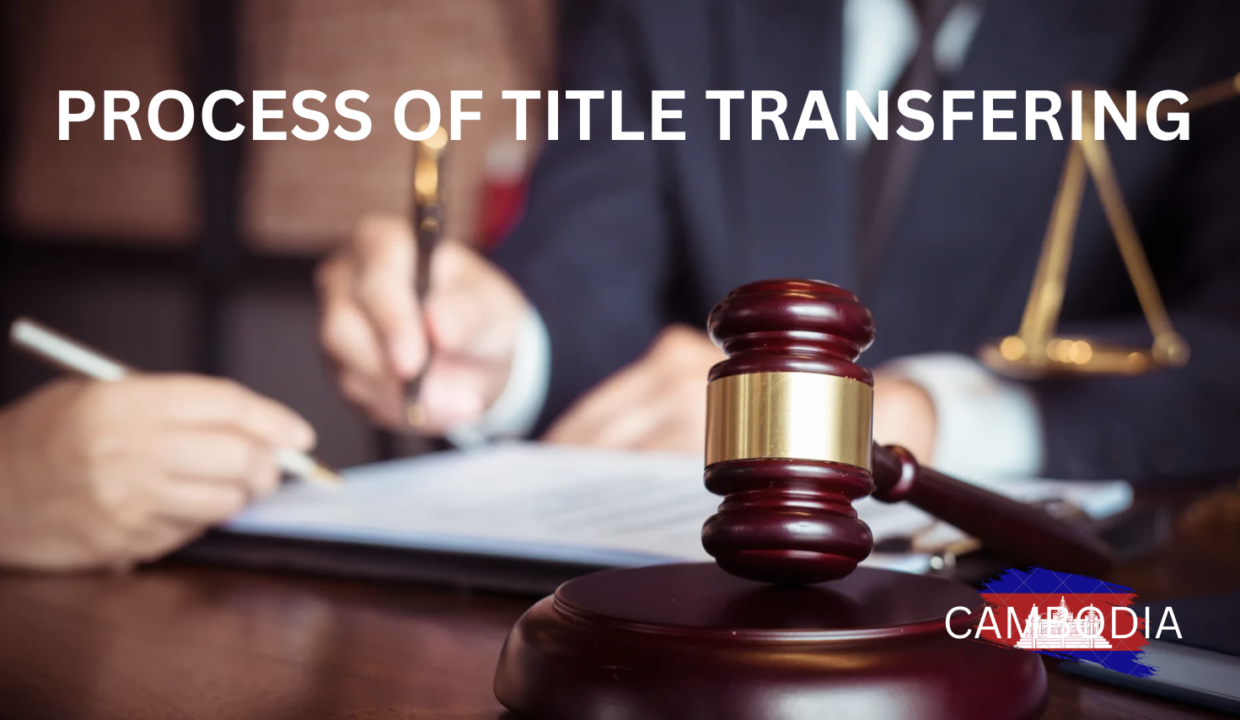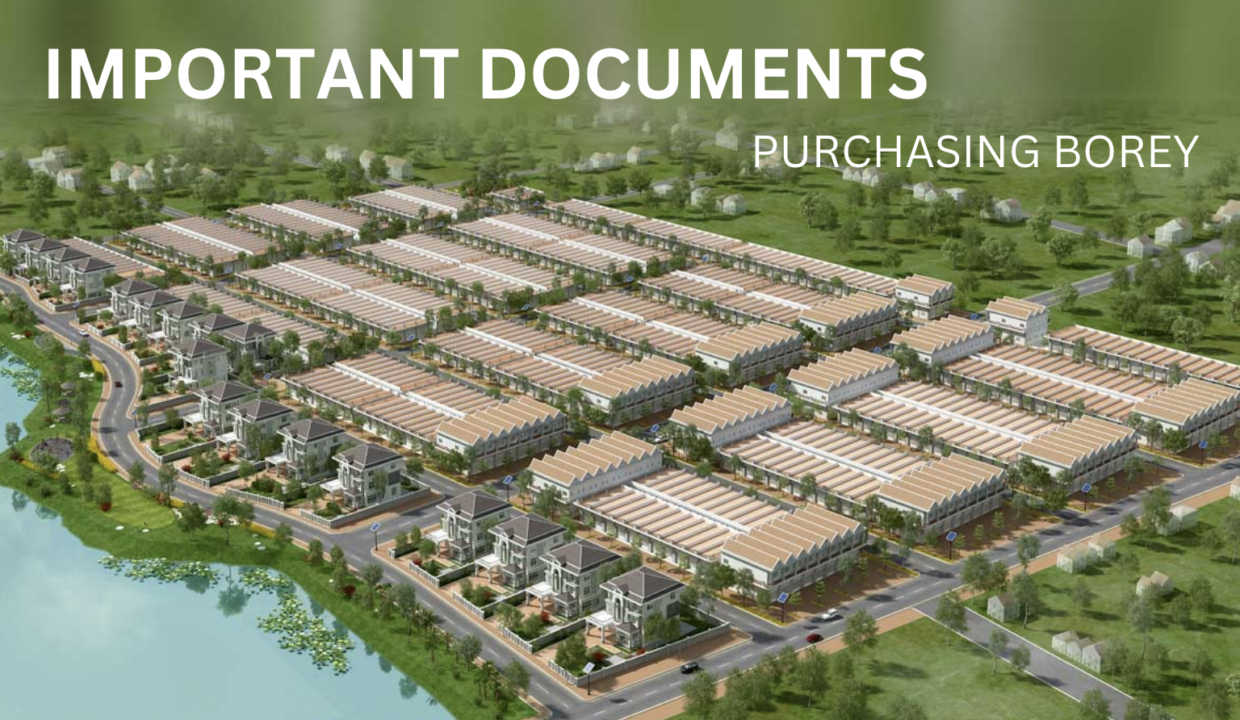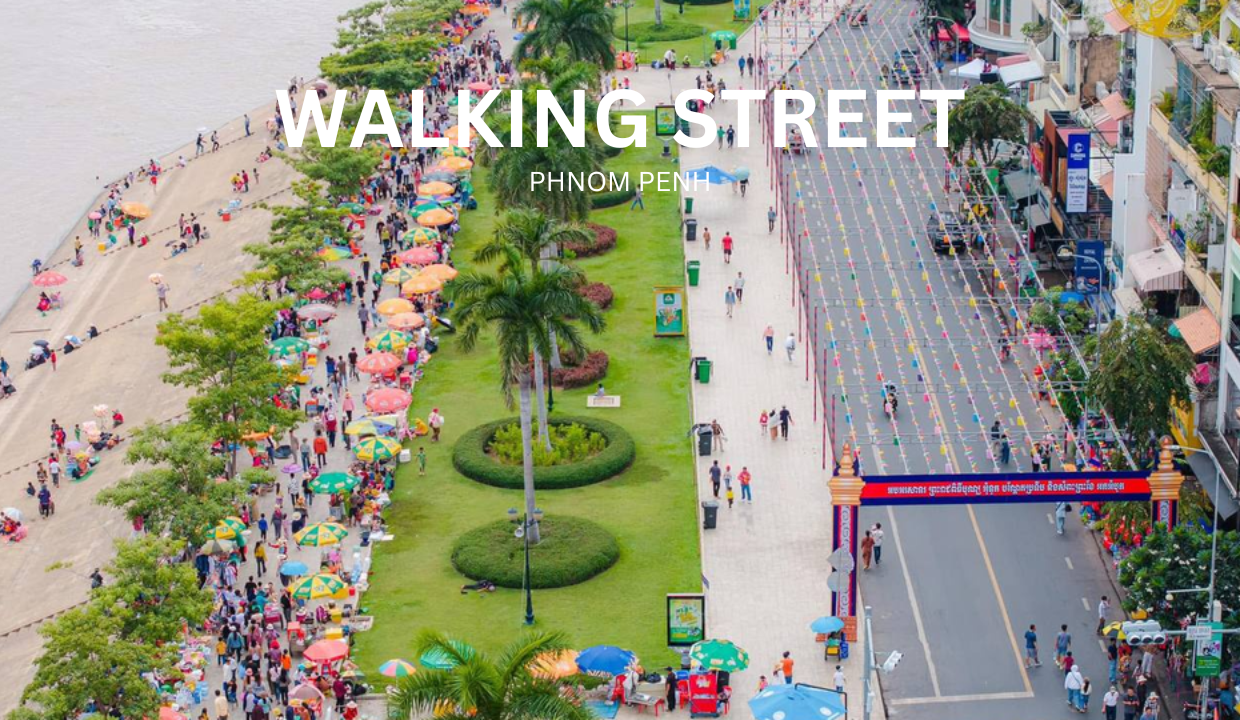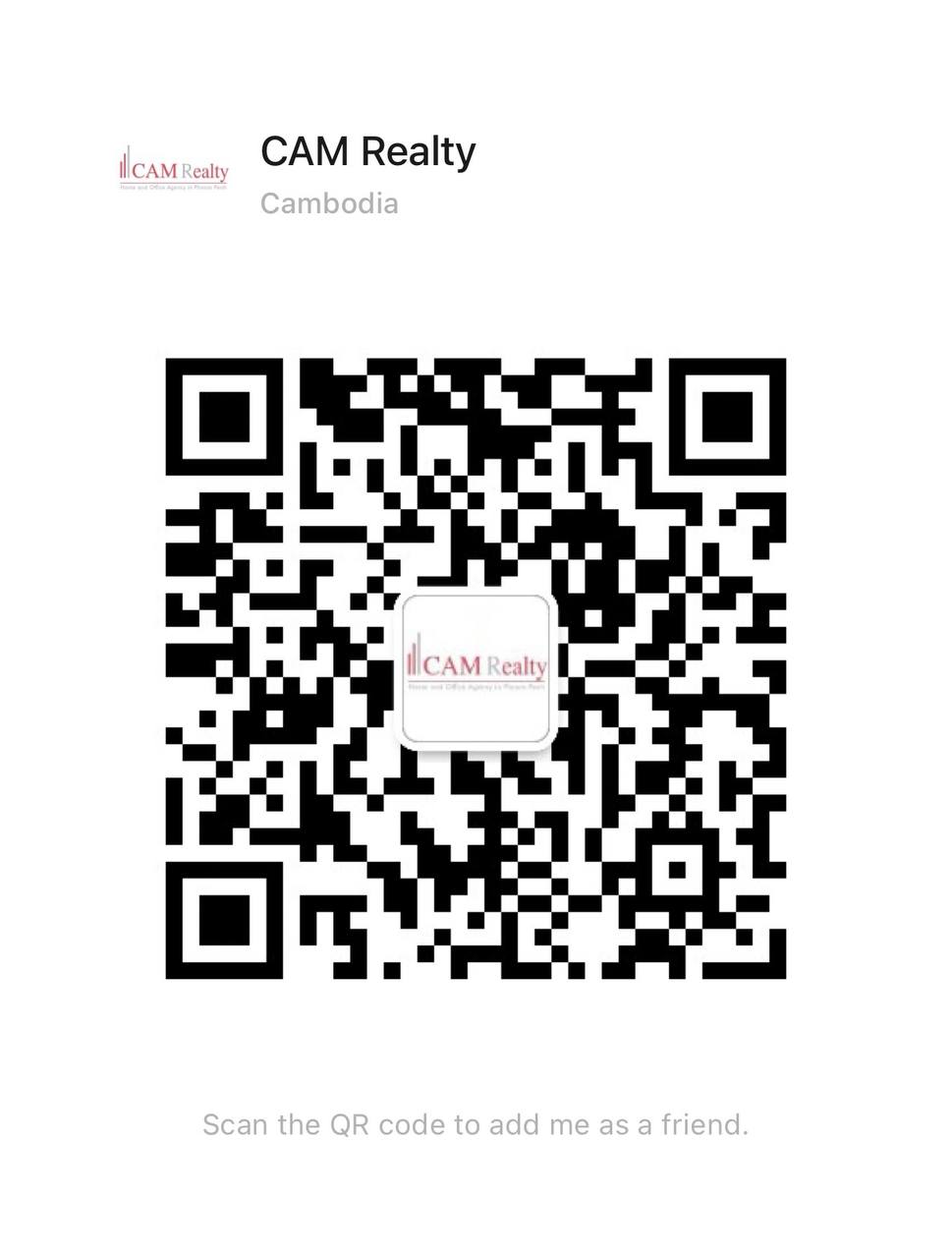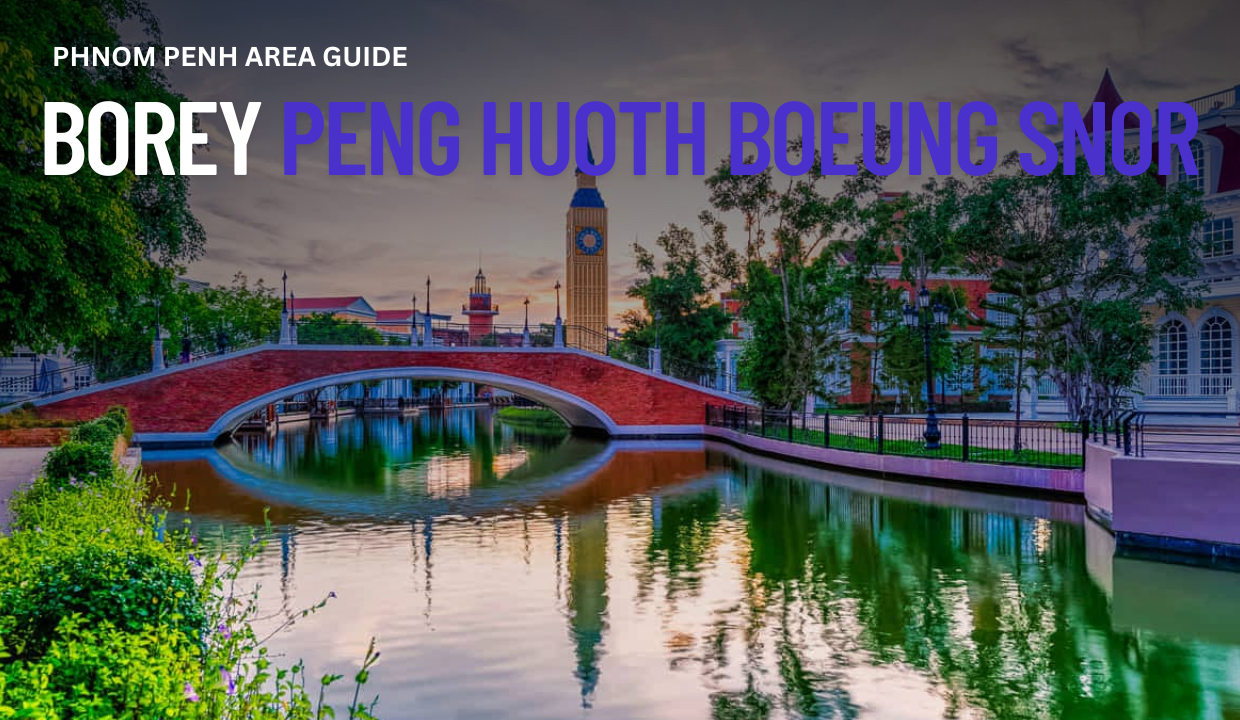
Discover a Better Way of Living: Borey Peng Huoth Boeung Snor When expats think about moving to Phnom Penh, many automatically look to areas like BKK1 or Tonle Bassac. They assume that anything outside the city center is inconvenient or too far. That exact mindset is outdated. Thanks to major new infrastructure, including the Koh…
Read More









